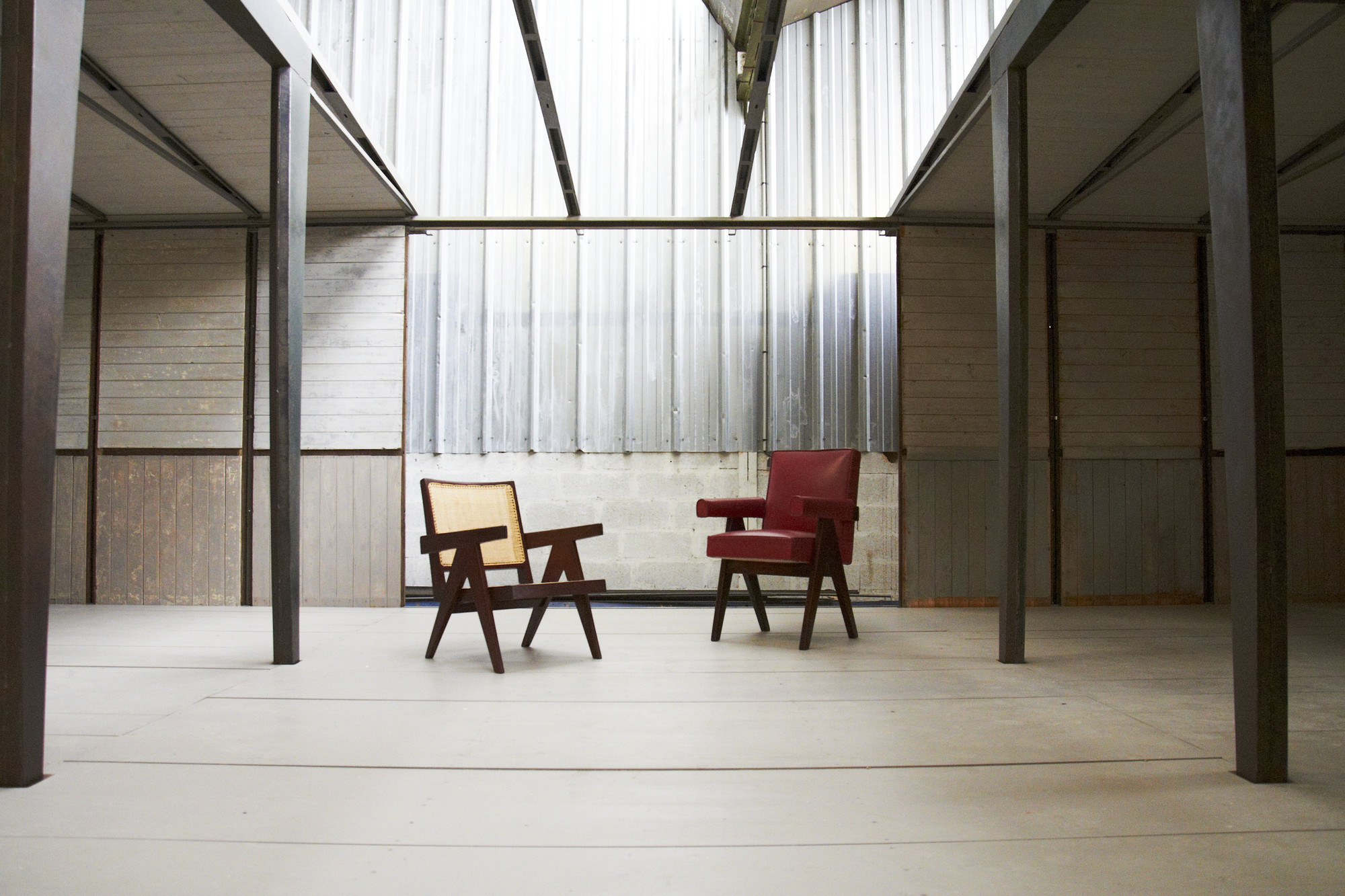
Marking the second edition of Design Shanghai, this year’s exhibition will take place March 2015 and will include over 300 exhibitors across three halls; Contemporary Design, Classic Design, and Collectible Design. Featured among the confirmed installations is Jean Prouvé’s Demountable House, a rare early example of prefabricated housing.
French architect Jean Prouvé is regarded as one of the twentieth century’s most influential designers, and is known for combining bold elegance with economy of means in a socially conscious manner. He is also recognized for his manufacturing firm, Les Ateliers Jean Prouvé, where he designed and produced lightweight metal furniture in collaboration with some of the most well known designers of the time. One such designer was Pierre Jeanneret, a Swiss architect and furniture designer who often worked with his more famous cousin, Le Corbusier.
Read on after the break to learn more about this year’s featured exhibition.

Designed in 1944, Prouvé’s Demountable House was originally created as an emergency shelter for the displaced inhabitants of the Lorraine region of France during WWII. When Swiss luxury brand Bally acquired this rare work, it was very damaged and in need of repair. Now, the house has been restored to its pristine condition by a 12-person team, just in time to celebrate its 70th anniversary this year.

Prouvé believed his manufactured home could serve as a model for future design in prefabrication and stated,“There is a need for manufactured homes. (...) Prefabricated houses, they are the new Dadaism. But why factory made? Because it is no longer about just about making one or more small elements of a home to be assembled, but making all the elements correspond to those of a machine that is mounted entirely mechanically, without necessity of producing anything on-site. (...) We must show the public that the manufactured home is a comfortable home, and overcome routine.”

Showcased alongside an original furniture collection by Pierre Jeanneret, the two works taken together represent Bally’s commitment to art and design as well as the brand’s early modernist roots. The iconic house has recently been part of a travelling exhibition and will be delivered as a kit of parts for the first time in Asia and assembled on site by a team of French experts. Two metal gantries support three sections of the roof beam, which in turn support the mountings for the wall and roof panels. Treated spruce panels nailed to a metal frame form the structure of the walls, while wooden window frames and a corrugated iron roof complete the building’s exterior shell.
For more information about the exhibition, visit Design Shanghai’s website here.







